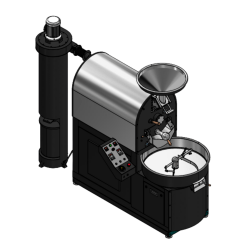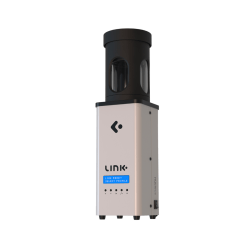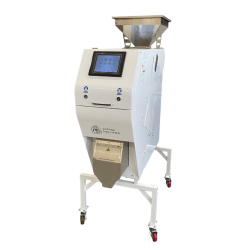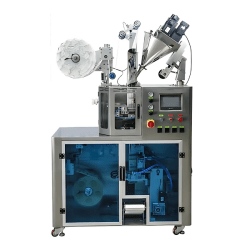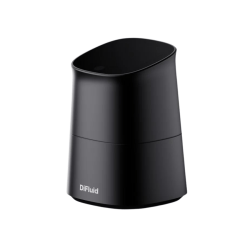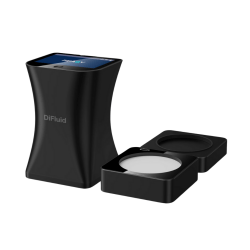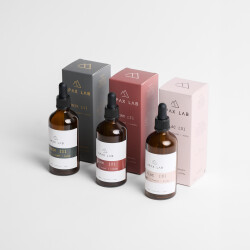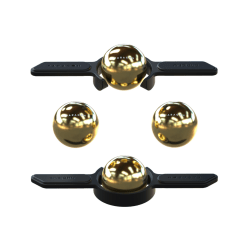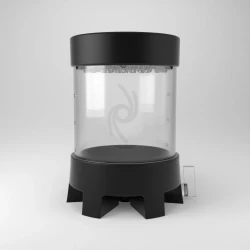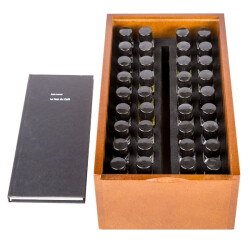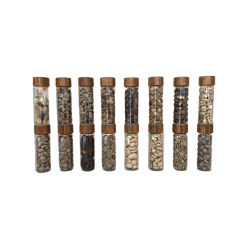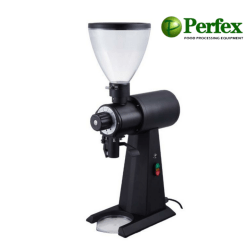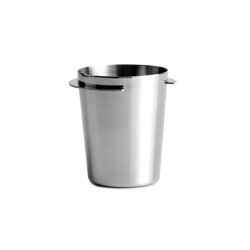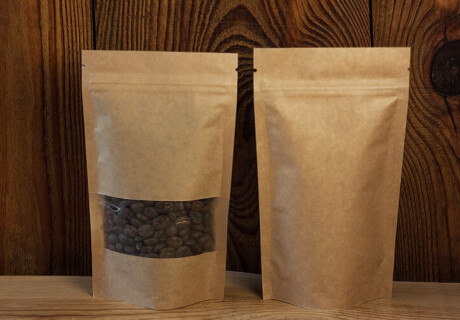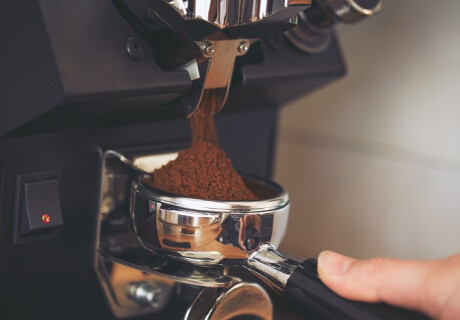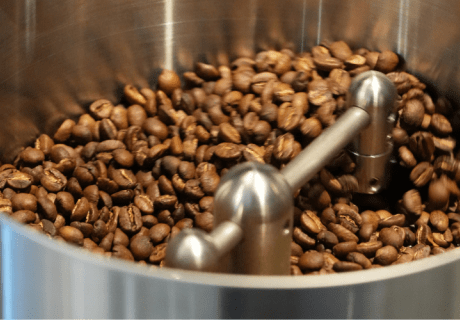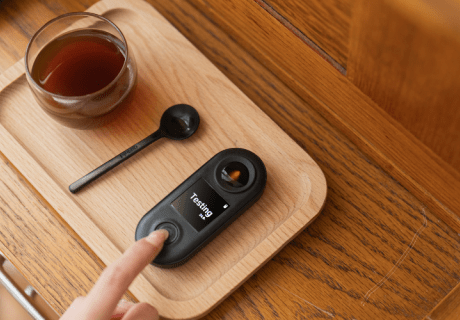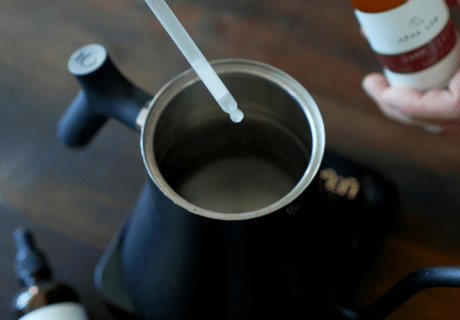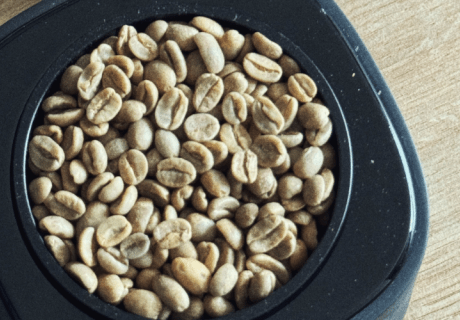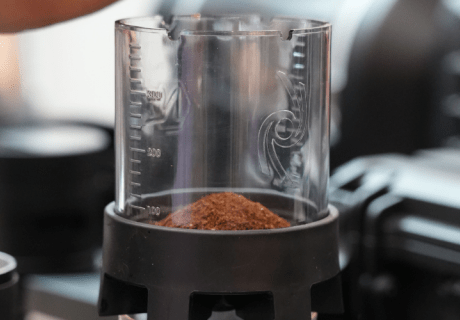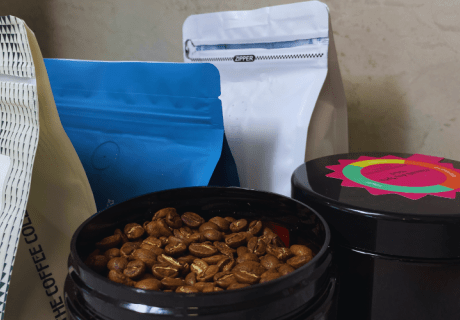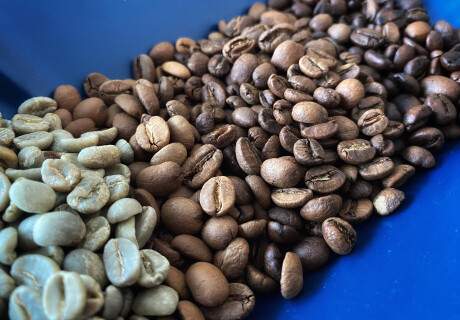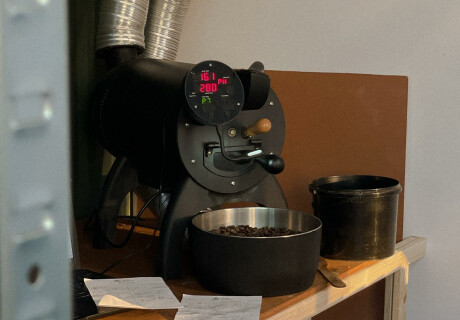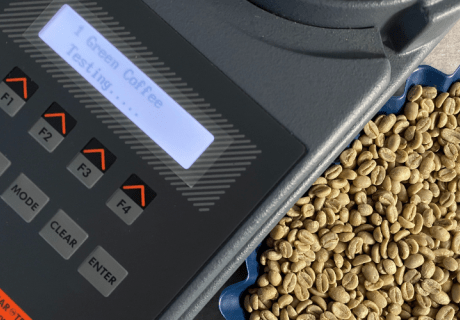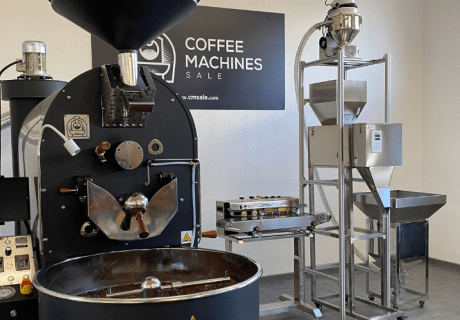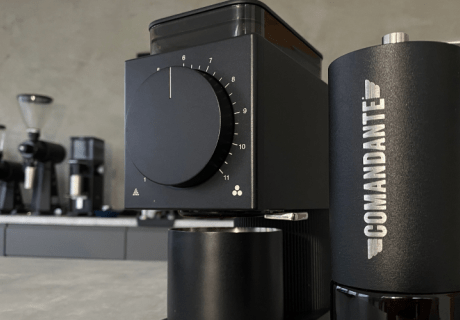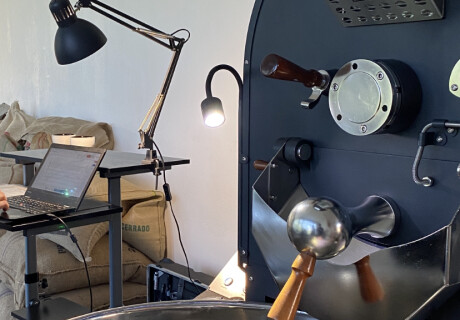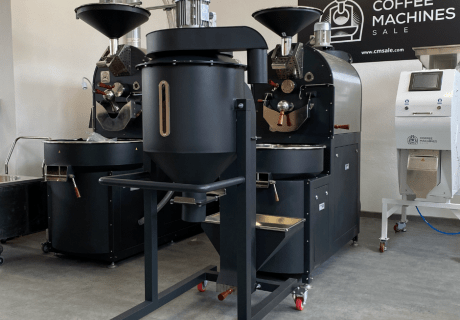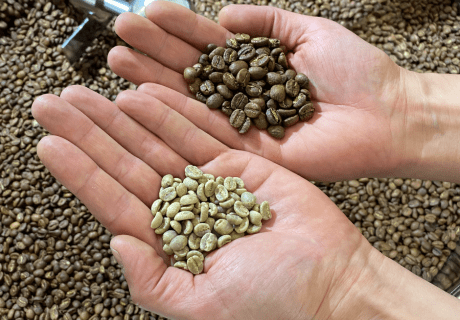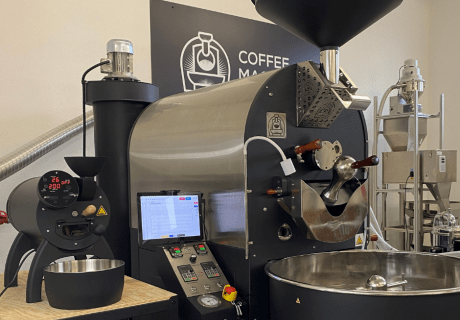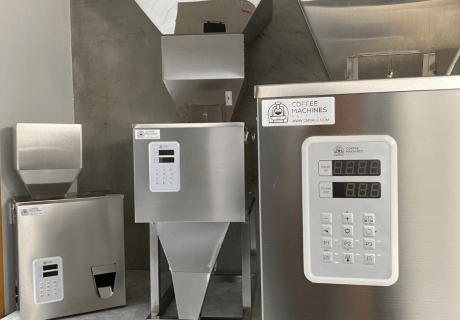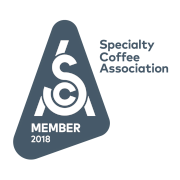7 Common Mistakes in Coffee Packaging and How to Avoid Them
1. Inconsistent Sealing Leads to Quality Loss
One of the most common coffee packaging mistakes roasteries make is overlooking proper sealing. At first, it may seem like a small technical detail, but in reality, inconsistent seals can drastically reduce the shelf life of your coffee, affect flavor stability, and even lead to product waste. When air and moisture find their way into a package, oxidation begins immediately, which degrades both aroma and taste.
This problem typically occurs for a few reasons:
- Relying on manual sealing, where pressure and temperature vary from bag to bag
- Using low-quality sealers not designed for thicker or multi-layer packaging
- Packaging bags that aren’t compatible with the sealing method being used
If you want to improve your packaging consistency, investing in proper heat sealers is the best first step. These machines apply uniform pressure and temperature across each seal, preventing leaks and ensuring a tight closure.
Packaging quality control here means testing a sample from each batch. A simple pull test can reveal if seals are strong enough. Weak seals may indicate the wrong heat setting, incompatible bag materials, or worn-out components in your sealing equipment.
A reliable process for sealing:
- Match the bag material and thickness to the right sealing temperature.
- Regularly clean the sealing bar to remove residue that weakens adhesion.
- Perform spot checks during every production shift to catch defects early.
2. Unclear or Missing Labels Hurt Your Brand
Packaging isn’t only about protecting the beans—it’s also about communicating clearly with your customers. A commonly overlooked issue in coffee packaging is improper labelling. A missing, poorly designed, or inaccurate label can hurt your brand’s image and even lead to regulatory issues, depending on your market.
Labels serve three essential purposes:
- Provide critical product information (origin, roast level, expiration date)
- Create trust and transparency with buyers
- Help you stand out on crowded retail shelves
Poorly printed labels, inconsistent placement, or unclear wording can confuse buyers and reduce perceived product quality. Automated solutions like label applicators ensure every package has perfectly aligned labels, giving your coffee a more professional and consistent look.
When considering labeling tips for coffee products, always make sure your labels include:
- Roast date: Ensures transparency on freshness.
- Origin and variety: Many buyers value knowing the exact source.
- Processing method: Useful for specialty coffee enthusiasts.
- Net weight: Must match your actual fill amount to comply with regulations.
Aside from design, label durability matters. Moisture, oil, and temperature changes can smudge poorly printed labels, especially during storage and transportation. Using better adhesives and compatible applicators eliminates these risks.
Clear labels = clear communication + stronger brand trust. Proper labeling doesn’t just make your product look better—it ensures that customers understand exactly what they’re buying and why your coffee stands out.
3. Packaging the Wrong Amount Affects Costs and Customer Trust
Few things frustrate customers more than paying for a 250 g bag and discovering it contains less. Incorrect weights also affect your margins, warehouse planning, and, in some cases, compliance with weight regulations. Among the most damaging packaging missteps, inaccurate filling is one of the costliest in the long run.
The root causes are usually:
- Human error when weighing manually
- Inconsistent scooping during busy production runs
- Using containers that don’t match the labeled capacity
- Lack of calibration on weighing equipment
To avoid these issues, many roasteries are switching to weigh&fill machines. These systems automate filling with precision, ensuring every bag matches the weight displayed on its label. This improves efficiency and reduces rework.
Best practices for maintaining accurate fills:
- Calibrate scales daily to ensure accuracy.
- Use equipment specifically designed for coffee packaging, as bean density can vary.
- Run random spot checks during production to confirm label-to-weight compliance.
Packaging quality control here isn’t only about avoiding fines; it’s about building credibility. Customers notice when every bag they open feels consistent. Consistency increases trust, leading to repeat purchases and fewer returns.
4. Not Matching Packaging Type to Roast Profile
Not all coffee beans behave the same after roasting. Using a single packaging strategy for every roast profile is another widespread common coffee packaging mistake. Light roasts, medium roasts, and dark roasts all have different densities, degassing rates, and oil contents—factors that affect packaging requirements.
For example, darker roasts release more CO₂ after roasting. If these beans are sealed in a bag without a degassing valve, the trapped gases can cause the bag to swell or even rupture. On the other hand, light roasts may require stronger barrier protection to preserve delicate aromatics over longer storage periods.
Here’s how to improve your approach:
- Use bags with degassing valves for freshly roasted beans, especially dark roasts.
- Match your packaging material’s barrier properties to your expected shelf life.
- Select appropriate bag sizes to minimize unused airspace inside.
The right coffee packaging solutions allow you to choose between multiple bag formats and barrier layers, ensuring you’re storing beans under optimal conditions.
If your packaging strategy doesn’t account for roast profiles, quality suffers quickly. Reviewing your materials and storage approach can prevent this long-term loss.
5. Skipping Automation When Scaling Up
One of the more costly mistakes in growing coffee businesses is waiting too long to introduce automation into production. Manual packaging may work fine for very small roasteries, but as order volumes increase, inconsistency and inefficiency become bigger problems.
Typical signs you’ve outgrown manual packaging:
- Frequent delays in fulfilling larger orders
- Increased error rates in weights and sealing
- High labor costs without proportional productivity gains
Switching to automatic packaging machines provides a long-term solution by improving speed, accuracy, and uniformity. These systems integrate weighing, filling, sealing, and labeling processes in a single workflow, reducing the risk of human error.
Key advantages of automation:
- Improved throughput without sacrificing quality
- Consistent product presentation across every unit
- Lower labor costs due to reduced manual handling
When your packaging needs increase, delaying automation creates unnecessary costs. Adopting the right systems earlier keeps your production line competitive and reliable.
6. Ignoring Packaging Storage Conditions
Even with perfect sealing and labeling, poor storage practices can compromise product quality. Among the easily preventable issues, ignoring proper storage conditions is one of the easiest to prevent but is often overlooked.
Key risks include:
- Exposure to heat accelerates oxidation
- High humidity causes clumping or mold growth
- Direct light degrades coffee quality, especially in transparent bags
Good packaging quality control includes checking not just your materials but your storage space, too. Ideally, coffee should be stored in a cool, dry, and dark environment before shipping.
Practical storage tips:
- Keep packaged products out of direct sunlight and away from windows
- Use shelving systems that prevent contact with floor moisture
- Monitor humidity levels, especially in warmer regions
Even the strongest bag materials won’t protect your beans if the external environment isn’t controlled. By improving your storage strategy, you can ensure longer shelf life and maintain quality from the roastery to the customer.
7. Using Non-Compatible Machines or Supplies
Finally, one of the most expensive common coffee packaging mistakes involves mixing incompatible materials and equipment. For example, using overly thick bags on sealers not designed for them, or selecting adhesives that fail on certain finishes, often leads to jams, waste, and machine damage.
Before investing in new machines or supplies, double-check compatibility:
- Ensure your bag dimensions and thickness match your sealer and fillers
- Use the right adhesive format for automated label applicators
- Test weigh&fill machines with your specific coffee packaging to ensure smooth dosing
- Adjust heat levels for your packaging material to prevent under- or over-sealing
Using complete coffee packaging solutions ensures consistency across every part of production and reduces unnecessary machine wear.
Compatibility = fewer stoppages + lower operational costs
By maintaining alignment between your packaging materials and equipment, you avoid costly downtime and maintain a consistent output.
Final Thought
Avoiding these seven critical coffee packaging issues improves efficiency, strengthens brand reputation, and ensures fresher coffee for your customers. At CMSale, we understand the challenges coffee roasteries face, which is why we provide practical tools—heat sealers, label applicators, weigh&fill machines, and automatic packaging machines —to help you package smarter and scale confidently.

